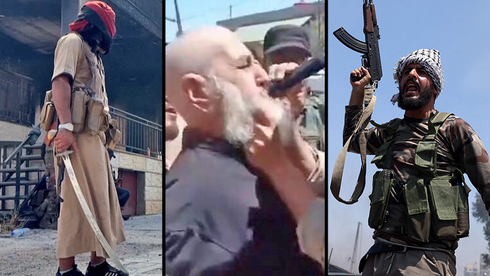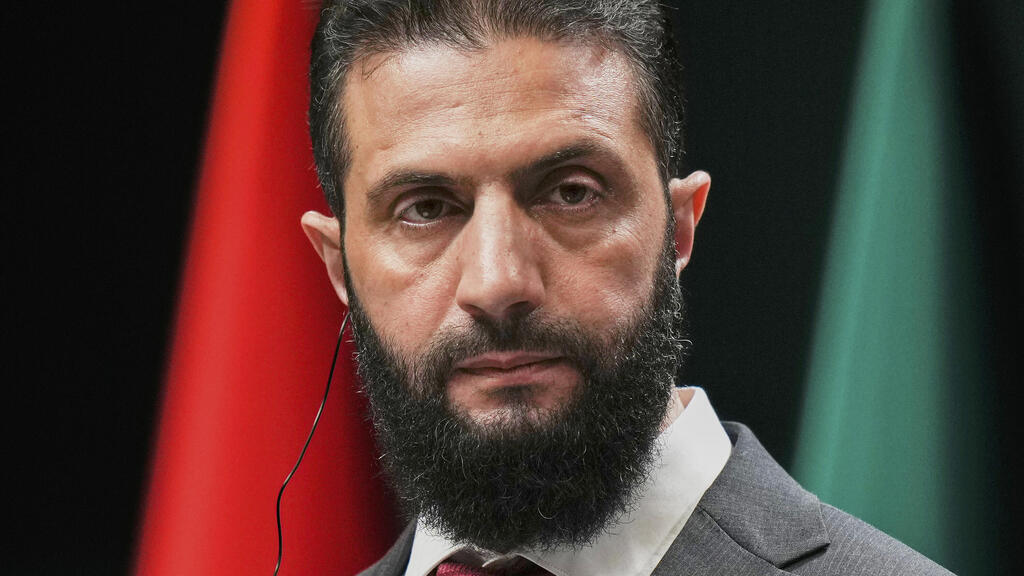In diplomatic language, this is framed as “building a unified Syrian identity.” But on the ground, it is nothing short of a demand for surrender, and surrender has a bloody price.
This call to disarm comes in the immediate aftermath of horrific massacres carried out in Sweida by forces loyal to Ahmad al-Sharaa. Children were shot inside their own homes. Women, the elderly and religious leaders were trampled without mercy.
Druze sheikhs were publicly humiliated: their mustaches, symbols of their pride, were shaved off, and their traditional garments mocked and worn by foreign mercenaries with no loyalty to Damascus, Aleppo or any part of Syrian soil.
The weapons held by the Druze are not instruments of aggression; they are symbols of resilience. They draw a clear red line that must not be crossed, not in the name of false unity, and not under the guise of a “new Syrian identity” built on fear, ethnic cleansing and imposed allegiance.
 Munir Dahir
Munir DahirThe Druze have no army, no state. But they have a backbone, one that was never made to bend, only to defend. This was the reality under Bashar Assad’s rule, and the state coexisted with it in relative calm.
Anyone demanding Druze disarmament after weeks of massacre is, in essence, asking them to surrender their dignity, the memory of their fallen and their very identity. And anyone who supports an agreement that attempts to wash away Druze blood under the banner of “reconciliation” does so either out of naïveté or complicity in a brutal policy aimed at breaking a proud and civilian people.
The Druze may be a minority, but they are not alone. Those calling for “unity” must first look into the eyes of the bereaved, at the ruins of homes and at the names of children erased from existence. Druze dignity is not for sale. And their weapons will not be handed to those who trampled their bodies and tried to break their spirit.





